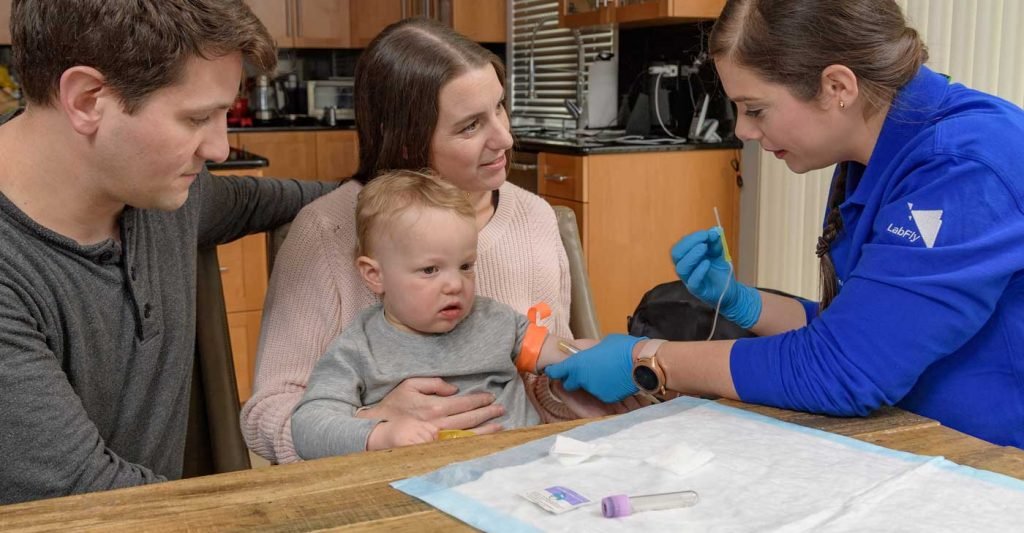Have you donated blood before? Many people fear having their blood drawn. For children, it’s a very scary experience. Pain is one of the most fears of children. Children’s brains are different in neurochemistry and anatomy from adult brains.
Research from brain scans shows that children are prone to feel more pain than adults. Children have very different emotional reactions to pain compared to adults. Blood drawing in children is a hard process for the parent, child and the technician involved.
It would help if you had a butterfly needle to have it done well. There is a subcutaneous fat in children that protects them from famine and injury. It buries their veins until they reach puberty. The child’s arm has to be tourniquet tied around and probing with a butterfly needle.
Let’s look at the five tips you will use to keep a child positive and calm to have blood drawn with ease.

Use Of Kid-friendly Laboratory
Children need a friendly lab that is more appealing to them. It helps to reduce stress and pain, making them more relaxed and ready for the process. A good lab for children should be able to calm down a child. Lab technicians should be child-friendly and have experience with children. The process has to be swift, fast and painless to avoid developing fears from a prolonged process.
Be Calm
Children are good at mimicking and studying the environment they are in it. When you take a child in the lab room, stay strong and not nervous or stressed. Children will emulate what you display. They will internalize and mimic your behavior and mood.
Children will mirror the traits in you and display them. Even if you fear the process, don’t display it openly. As a parent, you need to be with the child in the lab to increase their trust in the technician working on them.
Bring A Friend
Inquire from the child if they need any person they like should join them in the process. The presence of a good, trusted friend or family member helps children to relax in the entire process. If a child loves pets and is willing to have them come along, don’t resist. Bring whatever the child needs to help them relax in the blood sampling process.
The Distraction Of A Child’s Attention
It would help if you distracted a child’s attention from the ongoing process. They shouldn’t follow everything step by step as it happens. Use book images or playful talks and even a screen to trap a child’s attention. Children are fond of watching cartoon programs. Use the cartoons in the laboratory to trap the attention of the child.
Talk To The Child
It’s not easy to sway some children by stories, images or even cartoon programs. Talking to these children openly and honestly will help them gain the courage needed. They will stand the entire process to have their blood drawn easily.
Hydrate A Child
Before a child undergoes this process, they need to be more hydrated. Give plenty of water to the child for hours before carrying out the process. It helps blood sampling to be smooth.
Conclusion
Use the micro-sampling method to collect blood if the amount needed is minimal. It doesn’t involve drawing blood from veins. When dealing with children, the chances of them rejecting to draw their blood via veins are high. You need to keep a child settled and make the child trust you for it to be an easy process. Doing it on a calm and settled child reduces injuries from struggling with the child to draw their blood.

